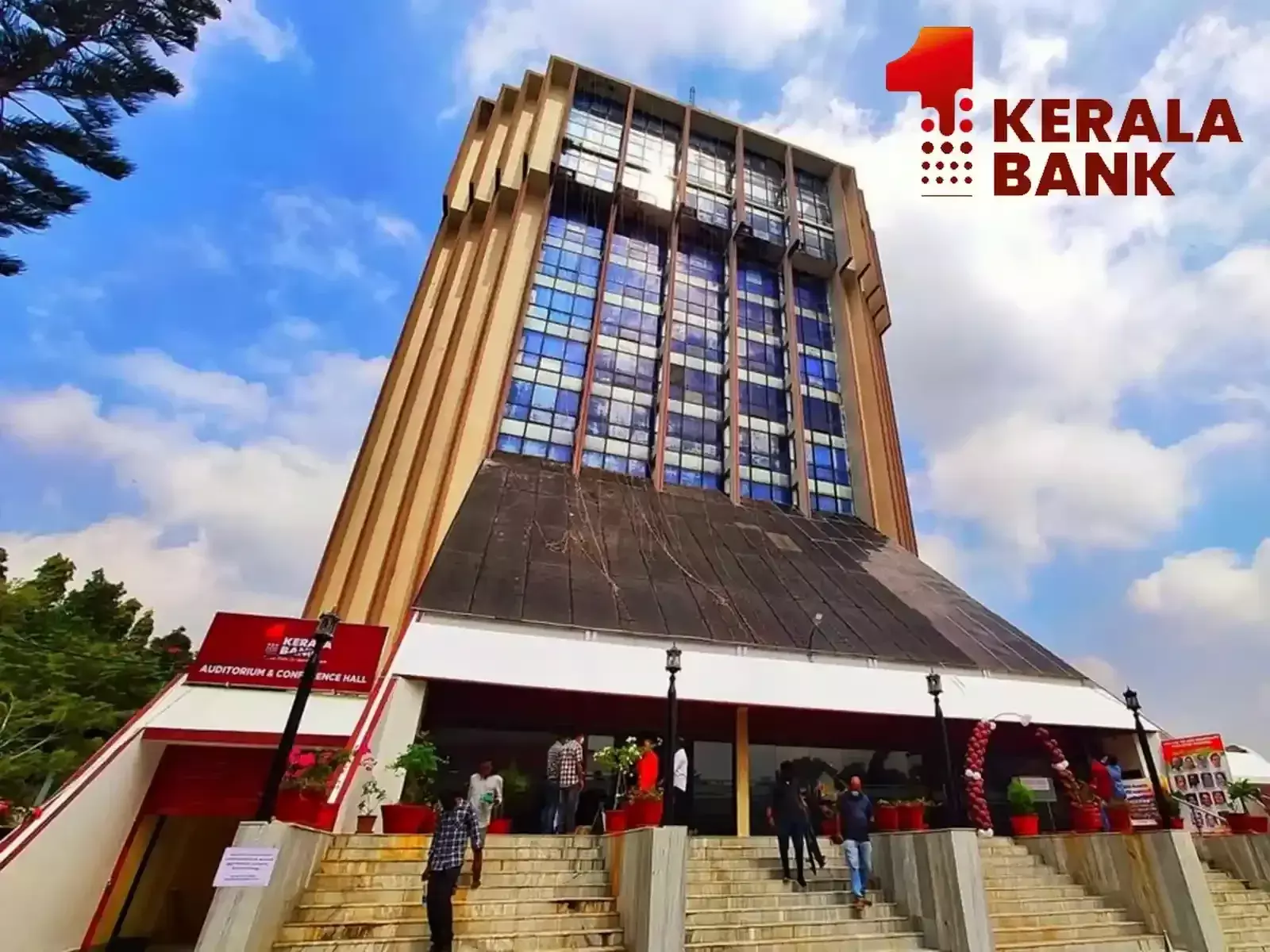Summary
Banks need to shore up capital for growth
THIRUVANANTHAPURAM: Kerala State Cooperative Bank (KSCB) alias Kerala Bank, is working on plans to strengthen its workforce by 1,500.
Talking to myfinpoint.com, the CEO of the bank, PS Rajan said that Kerala Bank plans to fill the vacant posts in phases and as a first step, the bank will be approaching the Public Service Commission (Kerala PSC) to process the appointment of a section of the required workforce.
Apart from the regular workforce, the bank currently depends on temporary staff too for completing the tedious jobs involved in processing as well as monitoring the loans.
He further said that given the large number of small-sized loans being processed by the bank on a regular basis, the load is too much for the present workforce.
Kerala Bank operates about 825 branches run by about 5000-strong workforce currently. Most of the loans are small ticket and hence involves a lot of work especially because the bank carries thousands of legacy loan accounts many of which having turned NPAs.
“More than the fact that bank has already been short-staffed, the retired employees have not been replaced with new employees for some time now,” the CEO added.
Net profit for Kerala Bank has fallen by two-thirds from Rs77.24 crore to Rs20.05 crore year on year for the financial year 2022-23.
While the deposits grew from Rs69,907.12 crore to Rs74,152.32 crore, loans and advances improved from Rs40,950.04 crore to Rs47,052.07 crore, representing a growth of 15 per cent.
Interestingly, for a bank that has promised ‘loans to all’ could achieve a credit-deposit (CD) ratio of only close to 64 per cent, which is much lower than any other Kerala-based banks.
The bank also faces the challenge of retaining the minimum Capital Adequacy Ratio (CAR) requirement prescribed by the regulator as currently it’s just above the minimum required, at 9.85 per cent.
This simply means that if Kerala Bank aspires to have a meaningful growth in its loan book, the bank needs to find fresh capital or recover a good portion of the bad loans in the books, which in turn could shore up the capital base.
While the gross bad loans are at above 12 per cent, net NPAs are close to 8 per cent of the loan book, a problem the bank needs to address on a war footing.
 Learn & Earn
Learn & Earn  Home
Home
